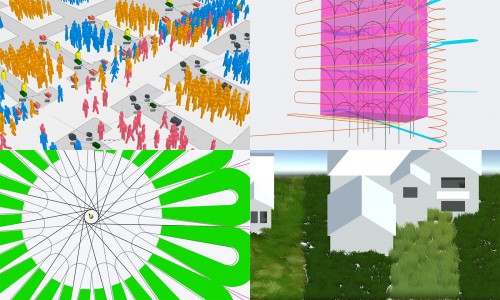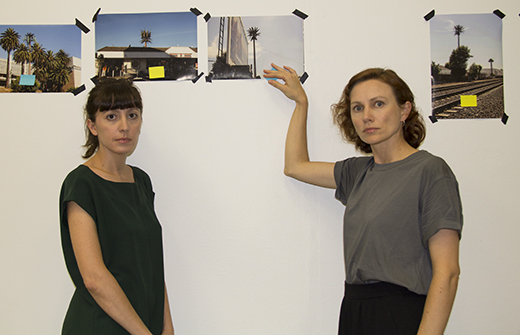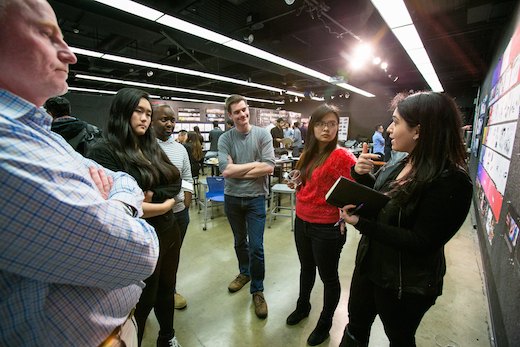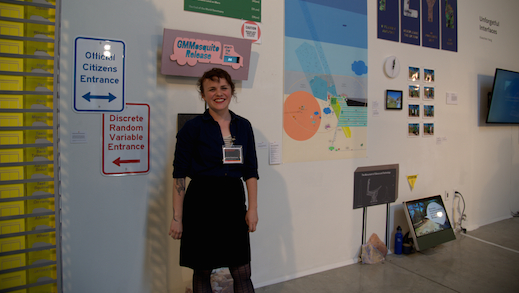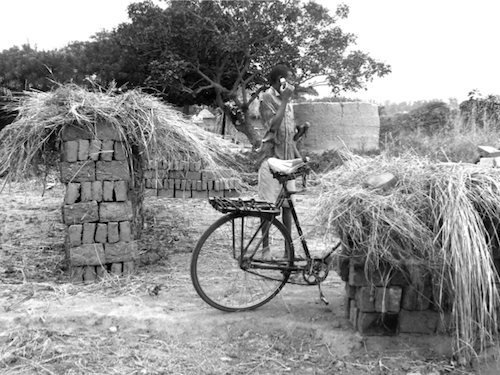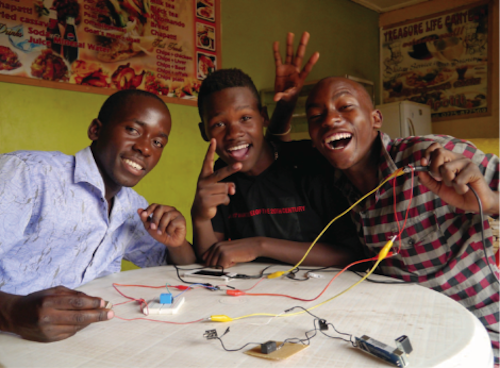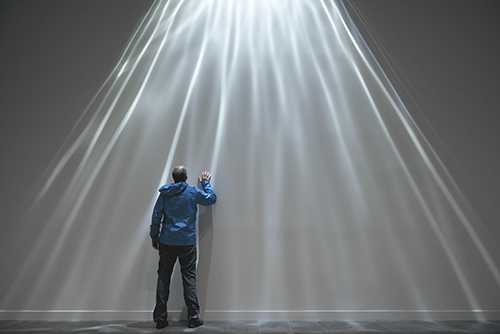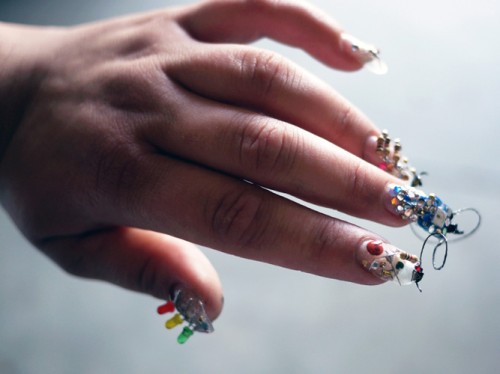
Kristina Ortega and Jenny Rodenhouse offer a new twist on functional nail art using digital sensors which enable users to interact with their environment in new ways.
A few days after celebrating the completion of earning her graduate degree in Media Design Practices, Kristina L. Ortega (MFA 15), swiftly packed up her life in Southern California and moved to Portland to begin a new career chapter with Intel’s New Devices group as a wearables user experience designer.
“Our goal is to launch designers who will question the world or view the world differently, imagine needs and products which may not exist for another 10 or 20 years into the future,” said Anne Burdick, chair of Art Center’s Graduate Media Design Practices (MDP) Department.

